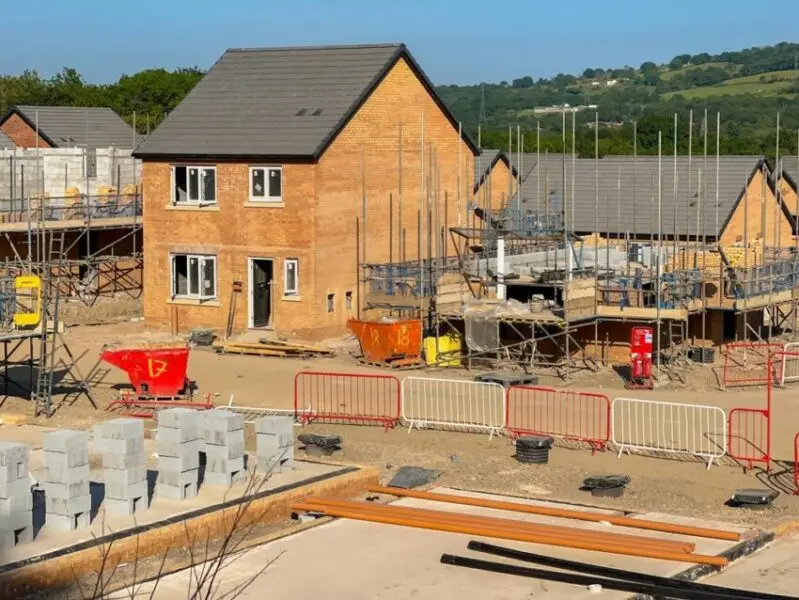Housing Secretary Angela Rayner is advocating a significant revision of the National Planning Policy Framework (NPPF), targeting the release of substantial green belt land for housing development, particularly in London and the South East.
Rayner’s strategy aims to unlock what is termed as “grey belt” land—areas previously considered unsuitable for development—as part of Labour’s commitment to build 1.5 million homes within the next five years. Recent findings, however, suggest this reform could vastly exceed those expectations, potentially making 150,000 hectares available for up to 4 million new homes. Specifically, LandTech’s data indicates that regions such as East Surrey and Orpington may experience considerable growth, with the potential for 115,000 and 89,000 new homes respectively. The North West, holding the largest portion of potential grey belt land, could see the addition of approximately 801,000 homes. Meanwhile, London and the South East have the capacity for 275,000 and 523,000 new homes on green belt land.
Harry Quartermain, head of research at LandTech, stated, “It’s radical because they have made it clear that there are circumstances in which development on the green belt is no longer inappropriate.” He further explained that Labour’s redefinition of grey belt land includes not just previously developed sites but also land that contributes minimally to green belt objectives, such as preventing urban sprawl.
Labour’s reforms are also geared towards promoting sustainable development. Local authorities are given the flexibility to consider green belt development if they cannot meet housing targets through existing land pipelines. Despite warnings from the property sector that Labour’s goal of building 1.5 million homes within five years might be overly ambitious, the reforms are intended to support long-term growth extending beyond the current parliamentary term.
Simon Coop, senior director at Lichfield planning consultants, remarked, “The housing crisis will not be fixed in five years, it needs a long-term strategy.” A spokesman for the Ministry of Housing, Communities and Local Government responded, “We remain committed to the protection of the Green Belt… development will only be allowed where there is a real need and will not come at the expense of the environment.”
The proposed green belt reform is central to Labour’s housing strategy, promising significant implications for both urban expansion and rural landscapes. The ongoing debate regarding the balance between development and environmental protection is expected to continue.


